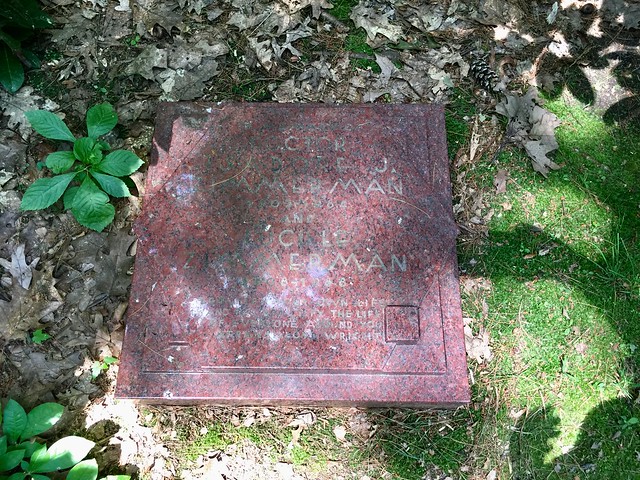In explaining design thinking, the IDEO website states:
By using design thinking, you make decisions based on what future customers really want instead of relying only on historical data or making risky bets based on instinct instead of evidence.
Day 2 at #CMK18 included a talk by historian, author and educator Dr. James Loewen. He encouraged us to question everything around us and its biases as well as to search for evidence to support the claims made by others.
Whose Voice Is Missing?
Historical writing (including textbooks) reflects the thinking of the author and the time. Dr. Loewen suggested that we always question the source and triangulate information. If you find something incorrect, questionable or incomplete then have students write a supplement that other students can use the following year – perhaps they could add additional data with an alternate view or they could add the perspective(s) of the voices missing from the text or they could contact the publishers to share suggestions for improvement.
Monuments Reflect the Time of Installation
He also talked about how historical monuments teach more about the time the monument was erected than what they reference. This has really stuck with me and I don’t think that I will ever look at an historical plaque the same way again… When was it erected? What is being commemorated? Why was it determined at that point in time that something should be commemorated? Are there others who would find it offensive to have the place or event recognized? Is the representation accepted by those originally involved?
I couldn’t stop thinking about this as I visited the African Burying Ground in Portsmouth, NH:
And the Zimmerman House in Manchester, NH designed by Frank Lloyd Wright:
Place and Time
How can you determine the pervasive thoughts of an era? A learning engagement Dr. Loewen described was to have students categorize newspaper articles by topic and as positive, negative or neutral. What is the story that this data tells? What if you do this for historical publications? What story would that tell?
Get Multiple Perspectives
Though he did not make a direct connection between “doing history” and what we were exploring at #CMK18, this talk did make me think about the oft-touted design thinking process and how it begins with empathy. Whose needs are being served by texts or commemorations? When we design, how can we be sure to use evidence to explore multiple perspectives when creating and about our users and their needs?


